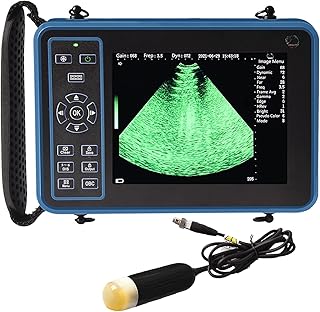In a study published in Scientific Reports, researchers investigated the validity of panoramic ultrasound (US) compared to magnetic resonance imaging (MRI) for assessing hamstrings cross-sectional area (CSA) and volume. The study focused on 85 youth competitive alpine skiers, with hamstrings CSA measured at various sites along the femur length using US and compared to MRI scans. The results showed very good agreement between US and MRI-derived CSA values, with specific sites showing higher correlation coefficients, indicating the reliability of US for assessing muscle size.
Monitoring changes in muscle size is essential in athletic performance and clinical settings, providing insights into athletes’ development and recovery from injuries. Muscle CSA and volume are commonly used measures, with MRI being the gold standard due to its accuracy. However, US, particularly panoramic US, has emerged as a cost-effective and reliable alternative for muscle size quantification. The study highlighted the usefulness of US in monitoring muscle size changes over time.
US-based assessment of hamstring muscles CSA and volume was shown to be valid compared to MRI in the study, especially when performed by trained raters. The study emphasized the importance of rater experience in ensuring accurate and consistent measurements. US-derived muscle volume estimations were also found to be highly correlated with MRI, indicating the potential of US as a valuable tool in assessing muscle size in athletes.
The findings of the study have significant implications for sports and clinical settings, offering a non-invasive and portable method for monitoring muscle size changes. The study demonstrated the reliability of US in assessing hamstring muscle size, particularly in youth athletes, highlighting the importance of proper training for operators to ensure accurate measurements. Overall, panoramic US presents a promising approach for assessing muscle size in athletes, providing valuable insights for injury prevention and rehabilitation programs.
📰 Related Articles
- Ultrasound Techniques Key in Assessing Anti-Vascular Therapy Response
- Ultrasound Imaging Proves Effective in Diagnosing Appendicitis in Men
- Muscle Ultrasound Shows Promise in Early Diabetes Detection
- Abdominal Muscle Ultrasound Predicts Extubation Success in NICU Patients
- iCollection Women’s Plus Size Chemise: Elegance and Comfort Combined






